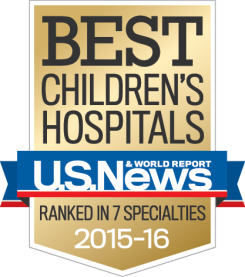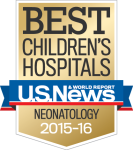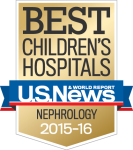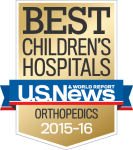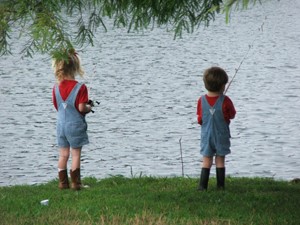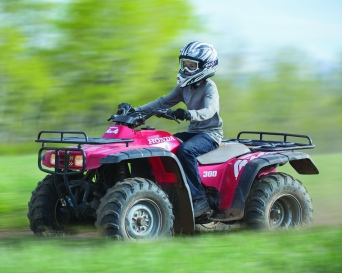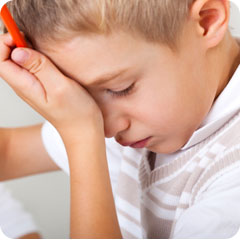 by Janet Black Brooks
by Janet Black Brooks
Child Advocacy Manager
Today, I join three communities and three families in mourning their loss of three beautiful children. Each child died this week of heatstroke after being left alone or from climbing into an unattended vehicle.
Never Leave Children Alone in the Car
Unfortunately, no one is immune to this kind of tragedy. Parents and caregivers can cut down the number of deaths and near misses by remembering to ACT.
- A: Avoid heatstroke-related injury and death by never leaving your child alone in a car, not even for a minute. And make sure to keep your car locked when you’re not in it so that kids don’t get in on their own.
- C: Create reminders by putting something in the back of your car next to your child such as a briefcase, a purse or a cell phone that is needed at your final destination. This is especially important if you’re not following your normal routine.
- T: Take action. If you see a child alone in a car, call 911. Emergency personnel want you to call. They are trained to respond to these situations. One call could save a life.
Frequently Asked Questions
Q: What is heatstroke?
A: Heatstroke, also known as hyperthermia, is a condition that occurs when the body isn’t able to cool itself quickly enough and the body temperature rises to dangerous levels.
Q: What are symptoms of heatstroke?
A: Symptoms may include dizziness, disorientation, agitation, confusion, sluggishness, seizure, hot or dry skin that is flushed but not sweaty, loss of consciousness, rapid heartbeat or hallucinations.
Q: Why are children at such great risk in cars?
A: Children are at great risk for heatstroke because a child’s body heats up three to five times faster than an adult’s. When the body’s temperature reaches 104 degrees, the internal organs start to shut down. When it reaches 107 degrees, the child can die.
Q: Why are we hearing so much about this now?
A: Our hospital is working with partners around the country to raise awareness about this preventable tragedy. When the sun is out, and even on cloudy days, the inside of a car can become much hotter than the temperature outside. In just 10 minutes a car can heat up 19 degrees. On an 80 degree day, the inside of a closed car can quickly exceed 100 degrees. Cracking a window does not help keep the inside of a car cool.
Q: In what ways are children dying?
A: Children die as a result of being left unattended in a vehicle in one of three ways:
- 53% – child was “forgotten” by caregiver
- 29% – child was playing in an unattended vehicle and became trapped
- 17% – child was intentionally left alone when a parent runs a quick errand.
Q: How many children die from heatstroke?
A: Since 1998, more than 635 children across the United States have died from being trapped in a hot car. An average of 37 children die every year, and for every child who dies, hundreds more are rescued. It does not have to be hot outside for the car to heat up to a dangerous level. Light pouring through the windows of the car stays within the car and raises its temperature.
Q: How can a driver be sure not to “forget” a child in a back seat?
A: The best way to remember a child is to leave something you will need at your next destination in the back seat. This could be a purse, briefcase, gym bag, cell phone or something else you always carry. You can set the alarm on your cell phone or computer calendar as a reminder to drop your child off at childcare.
Q: What should parents and caregivers do to protect kids from heatstroke?
A: The best thing to do is NEVER LEAVE YOUR CHILD ALONE IN A CAR – not even for a minute. Take your child with you when you leave the vehicle. People have been known to run into a store and lose track of time. It takes very little time for a child to be at great risk of death or injury when alone in a car. Make sure you make it clear to your babysitter that it is never okay to leave your child alone in a car.
Q: Are there laws about this?
A: Yes, 20 states have laws, but each state law is different. Some states may consider this action to be felony child neglect if a child is injured or killed. In Utah, it is a Class C misdemeanor to leave a child younger than 9 alone in the car. It is never safe for a child to be alone in a car.
Q: What should I do if I see a child alone in a car?
A: If you see a child alone in a car, call 911. Emergency personnel want you to call. They are trained to respond to these situations. One call could save a life.
Q: How do young children gain entry to a car?
A: Many kids gain entry into a car because the trunk or the doors are open. Parents should keep key fobs out of children’s reach. Once children get inside, they can be quickly overcome by heat and not know how to problem-solve and climb out. People with kids should check to be sure everyone is out of the car before they lock it and make sure the car is locked each and every time. People without kids should also lock their doors and trunks to keep neighborhood kids from climbing into their vehicles.
Q: What can I do to help?
A: First, you can make a personal commitment to never leave your child alone in the car. Second, urge your community to do the same. You can share information by posting flyers at your child’s nursery, school, and local grocery or anywhere you can think of.
Primary Children’s Hospital can provide free Never Leave Your Child Alone in the Car safety flyers by contacting us at 801.662.6580, or from our website.
You can also help spread the word by sharing information on your Facebook, Twitter or any other social media profiles. If you see a child alone in a car, call 911. One call could save a life.

